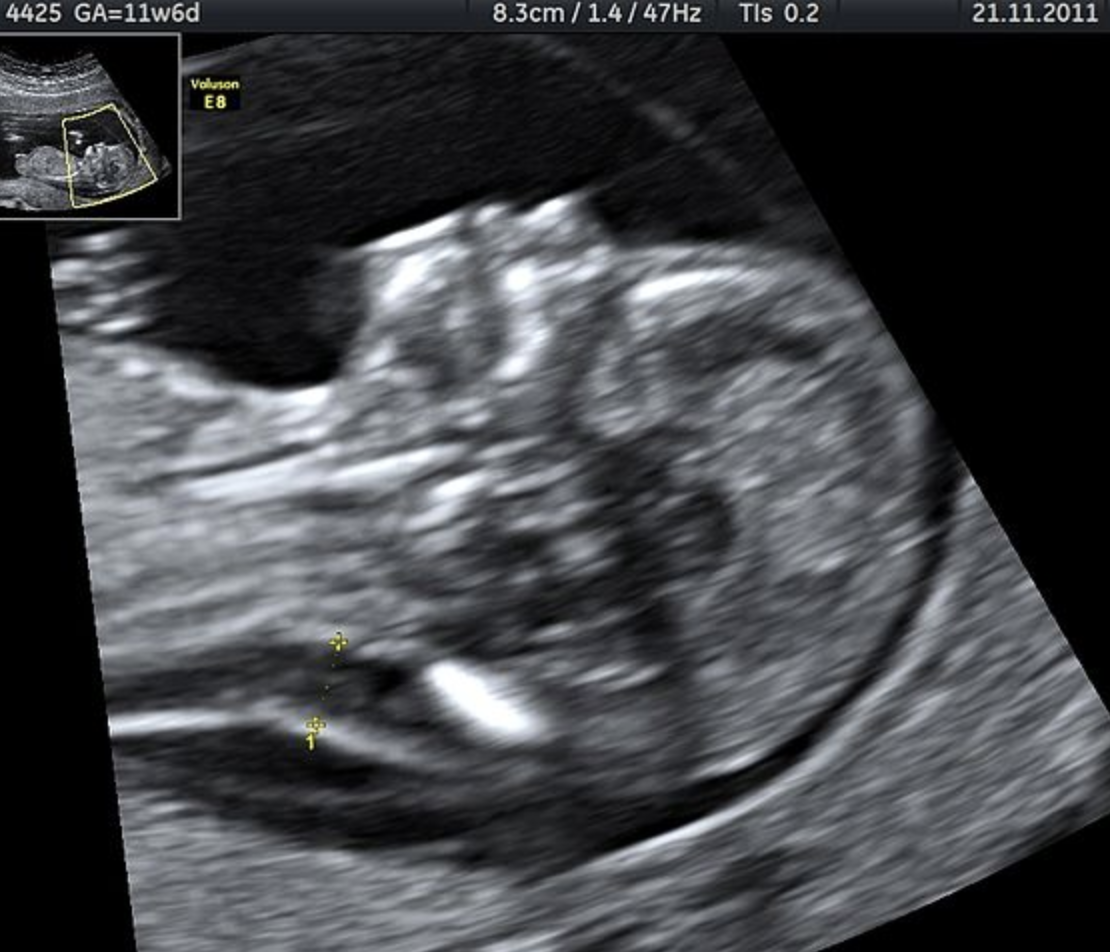Choosing Life With Down Syndrome
By Ruth Graham,
Slate
| 05. 31. 2018
Celeste Blau’s first pregnancy was smooth from the beginning. She stayed active and kept working at the gelato shop she owns with her family outside of Cleveland. She wasn’t ignoring the pregnancy, exactly—it was planned—but she didn’t think of herself as a very maternal person, and pregnancy seemed like something to endure rather than to enjoy. At her first ultrasound, she was mostly excited to find out whether she was having a boy or a girl. She was 31, relatively young, and it didn’t occur to her that anything could be wrong.
The ultrasound appointment at the Cleveland Clinic took three hours. She only realized that was unusual a few years later, when she was pregnant again and the same process took 30 minutes. Lying on the table, her belly smeared with gel, she started to feel a niggling fear when the technicians weren’t laughing at her and her husband’s jokes. (“And we’re funny!” she said.) Afterward, the doctor asked to speak to them in his office. He was concerned because the baby’s brain ventricles looked enlarged, Blau recalls, and...
Related Articles
By Josie Ensor, The Times | 12.09.2025
A fertility start-up that promises to screen embryos to give would-be parents their “best baby” has come under fire for a “misuse of science”.
Nucleus Genomics describes its mission as “IVF for genetic optimisation”, offering advanced embryo testing that allows...
By Hannah Devlin, The Guardian | 12.06.2025
Couples undergoing IVF in the UK are exploiting an apparent legal loophole to rank their embryos based on genetic predictions of IQ, height and health, the Guardian has learned.
The controversial screening technique, which scores embryos based on their DNA...
By Vardit Ravitsky, The Hastings Center | 12.04.2025
Embryo testing is advancing fast—but how far is too far? How and where do we draw the line between preventing disease and selecting for “desirable” traits? What are the ethical implications for parents, children, clinicians, and society at large? These...
By Grace Won, KQED Forum [with CGS' Katie Hasson] | 12.02.2025
In the U.S., it’s illegal to edit genes in human embryos with the intention of creating a genetically engineered baby. But according to the Wall Street Journal, Bay Area startups are focused on just that. It wouldn’t be the first...




